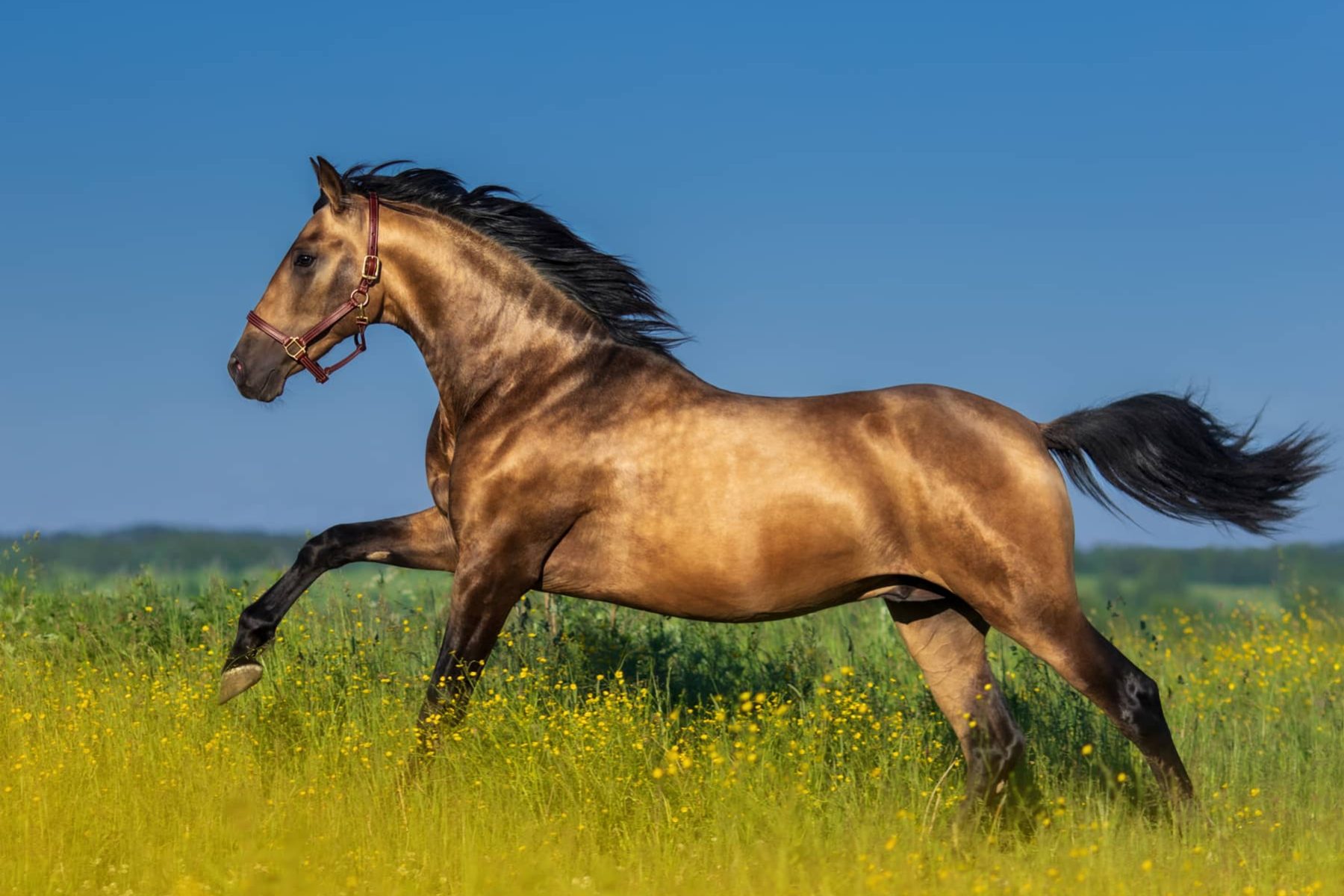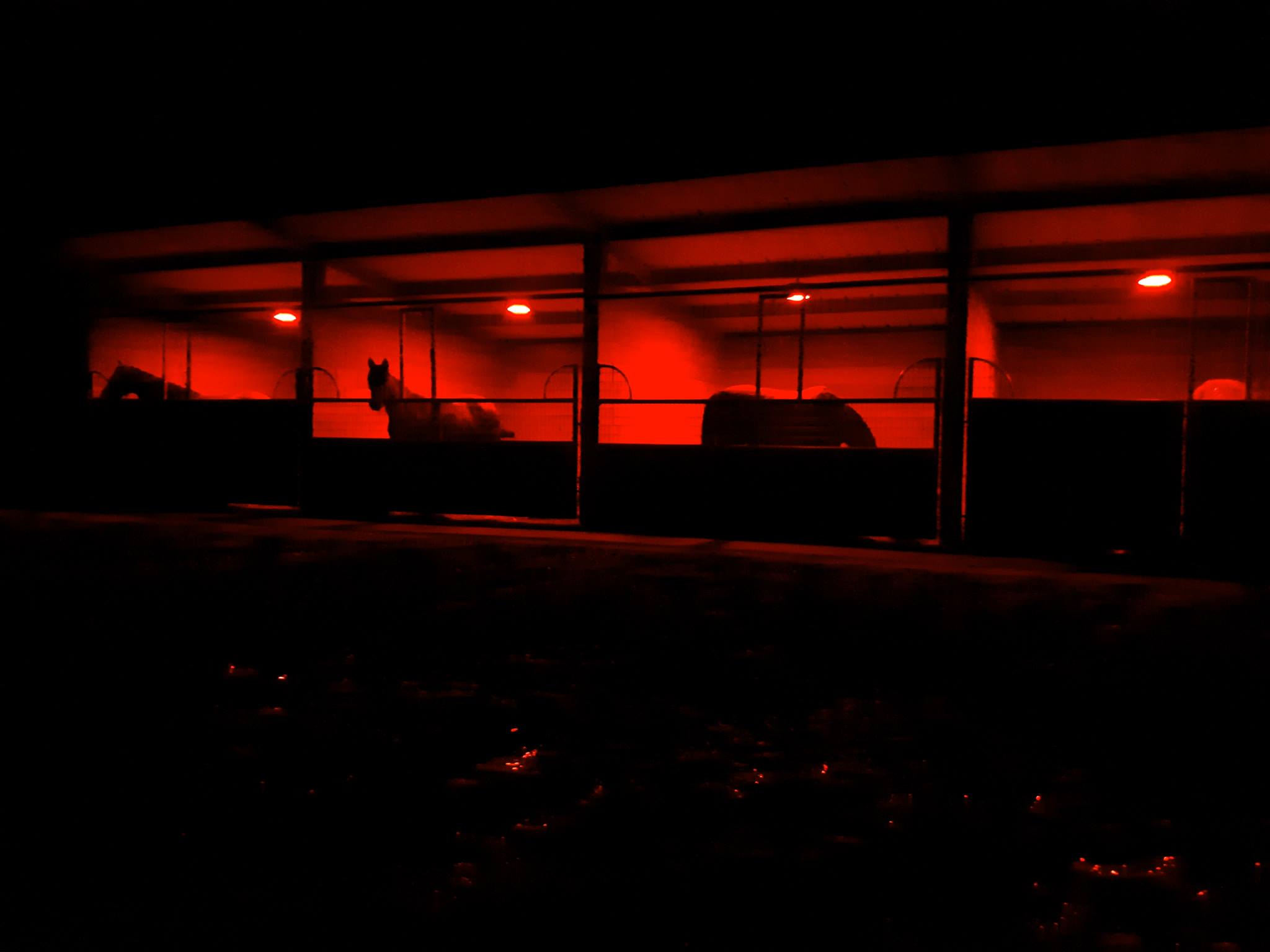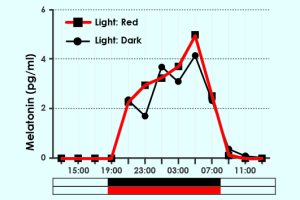
Red Light at Night facilitates rest and recovery

Dim red light or darkness at night is required to facilitate rest and recovery and, for the nightly rise in the circadian regulating hormone melatonin. Firstly, it is important to understand the role of the hormone melatonin. Melatonin is a protein hormone produced in the brain by the pineal gland at night and it is commonly referred to as the Hormone of Darkness. In the horse, melatonin is produced primarily during the dark hours and is turned off when light of the correct intensity and wavelength enters the eye. Low levels of melatonin by day and high levels at night time are important for a strengthened immune system and regulation of internal timing. White light at night disturbs this melatonin production and reduces rest, immune function and daytime performance capacity.
Ideal lighting facilitates rest and regeneration at night while permitting visibility for management routines. The low intensity red light at night provided by the Equilume Stable Light permits the nightly rise in melatonin, stabilising circadian rhythms while facilitating night time monitoring, management and feeding of horses while avoiding the negative consequences of white light at night.
Our Research

The 24-h pattern of melatonin production under a Light: Dark (black line) and Light: Red photocycle
Research trials show that levels of the circadian regulating hormone melatonin, rise at night under red light similar to darkness. In human athletes, studies have shown that as little as 30 minutes of red light at night improves sleep and competitive performance1. This explains our observations in trials, as well as positive feedback from our clients, that horses lie down more at night under the Equilume system. By allowing better rest and regeneration at night, horses are more alert and perform better by day.
Footnote: 1Zhao J, Tian Y, Nie J, Xu J, Liu D. (2012) Red light and sleep quality and endurance performance of Chinese basketball players. Journal of Athletic Training. 47(6):673-8.
